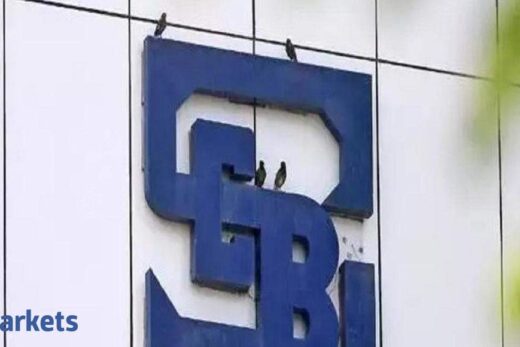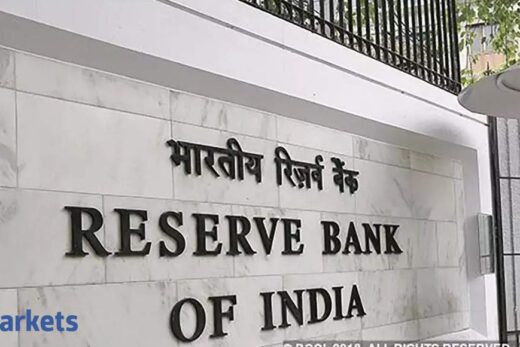The market regulator Securities & Exchange Board of India introduced a standardised valuation regime for such perpetual bonds from April this year after concerns were raised on the pricing of AT-1 bonds.
Following this, RBI analysed the bond prices of one large public sector bank and one large private sector bank and come to the conclusion that the revised valuation norms are leading to distortions in bond prices.
“This has led to distortion between the relative costs of tier-1 and tier-2 bonds, although such repricing of risks has no relation to the underlying movements in their respective prices,” the central bank noted in its financial stability report released Thursday. After the implementation of the revised norms, the differential between the yields have also narrowed between AT-1 instruments of the public sector bank and the private bank which is a distortion.
The valuation issue came to the fore when RBI had last year allowed YES Bank write off Rs 8000 crore of AT-1 bonds while equity shares were not, raising doubts on the minds of investors.
AT-1 bonds are issued with special features like quasi-equity, and these bonds can be converted to equity for loss absorption and can be written off.
However, market players treat AT 1 bonds as a nominal bonds and value these considering the first call date as a maturity date, leading to possible mispricing of risk.
SEBI guidelines on valuation give primacy to the traded price. For the purpose of valuation of these perpetual bonds, valuation agencies look back 15 days for benchmark securities and 30 days for non-benchmark securities. If the security or similar security has traded during the look back period, it is valued at the traded price with necessary adjustment of spread.
Following the revised valuation norms, prices of AT-1 instruments had dipped, but recovered sharply in case of the banks. “This shows that the basis for valuation by the investors of the underlying risk of the instrument has not fundamentally changed following the implementation of the new valuation norms,” RBI observed.
The prices of AT 1 bonds and Tier-2 bonds of the private bank indicated a simultaneous dip around the event of write off, implying that credit events affected both the bonds, although given the differential seniority, prices of Tier-2 bonds recovered faster. Since the equity price of the entities are well above the book value, the decline is unlikely to have been caused by the loss absorbency provisions of the AT-1 instrument, RBI said.



